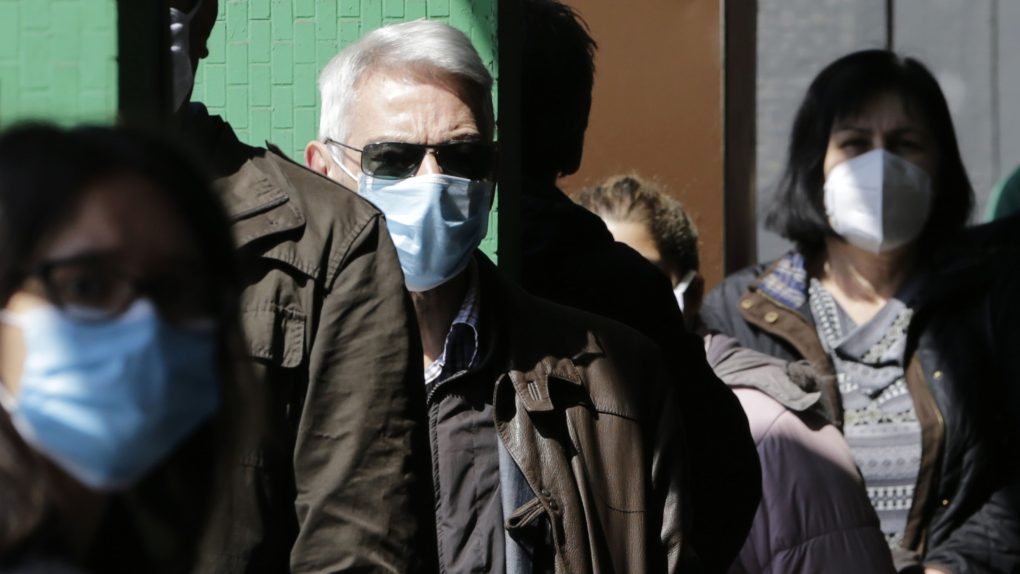- Researchers have figured out why the novel coronavirus can lead to strokes and heart attacks.
- Doctors from Ireland observed that severe COVID-19 patients are more likely to develop tiny blood clots in the pulmonary region.
- These blood clots can then travel to the brain or heart where they’d be responsible for strokes or heart attacks. They’re also responsible for reducing oxygenation in the lungs, the study says
- Visit BGR’s homepage for more stories.
The novel coronavirus’s attack on the human body is so complex that it can lead to a slew of unexpected symptoms and complications that can be deadly. Neurologists observed a few weeks ago that some of their patients who were displaying symptoms consistent with a neurological disease, including confusion and seizures, were infected with SARS-CoV-2. A few days ago, we found out that one of the strangest COVID-19 symptoms is also one of the deadliest. Doctors from the Mount Sinai Health system noticed an increase in young patients with stroke symptoms. All of them tested COVID-19 positive, raising the possibility that the virus is responsible for creating blood clots that can reach the brain and then block local arteries. It turns out the disease can indeed lead to increased blood coagulation, and that tiny blood clots can develop right in the lungs. Now, researchers have finally figured out how it all happens.
Doctors from the Irish Centre for Vascular Biology, RCSI, and St James’s Hospital, Dublin penned a study in the British Journal of Haematology that says the abnormal blood clotting is a cause of death in patients who experience severe COVID-19 cases. Micro-clots develop inside the lungs following the infection, and the higher the clotting, the worse the prognosis.
“Our novel findings demonstrate that COVID-19 is associated with a unique type of blood clotting disorder that is primarily focussed within the lungs and which undoubtedly contributes to the high levels of mortality being seen in patients with COVID-19,” Director of the Irish Centre for Vascular Biology, RCSI, Professor James O’Donnell told Medical Express.
The team called the disorder pulmonary intravascular coagulopathy (PIC), which is different than disseminated intravascular coagulopathy (DIC) observed with other medical conditions. This disorder might be responsible for blood clots finding their way to the brain or the heart, where they can lead to a stroke or a heart attack. It could also explain the oxygenation issues that appear in severe COVID-19 cases, leading to the need for oxygen therapy and ventilation.
“In addition to pneumonia affecting the small air sacs within the lungs, we are also finding hundreds of small blood clots throughout the lungs. This scenario is not seen with other types of lung infection, and explains why blood oxygen levels fall dramatically in severe COVID-19 infection,” the doctor said. “Further studies will be required to investigate whether different blood-thinning treatments may have a role in selected high-risk patients in order to reduce the risk of clot formation.”
The team also concluded that patients with higher levels of blood clotting activity are more likely to require intensive care.
This new study also indicates that race and ethnicity might have major effects on thrombotic risk, with Caucasian and African-American patients being more at risk of developing COVID-19-related blood clots than Chinese patients. The study says that Chinese patients have are three to four times less likely to develop this complication compared to Caucasian patients. African American patients have a significantly higher risk, according to the paper.
The full study is available at this link.








